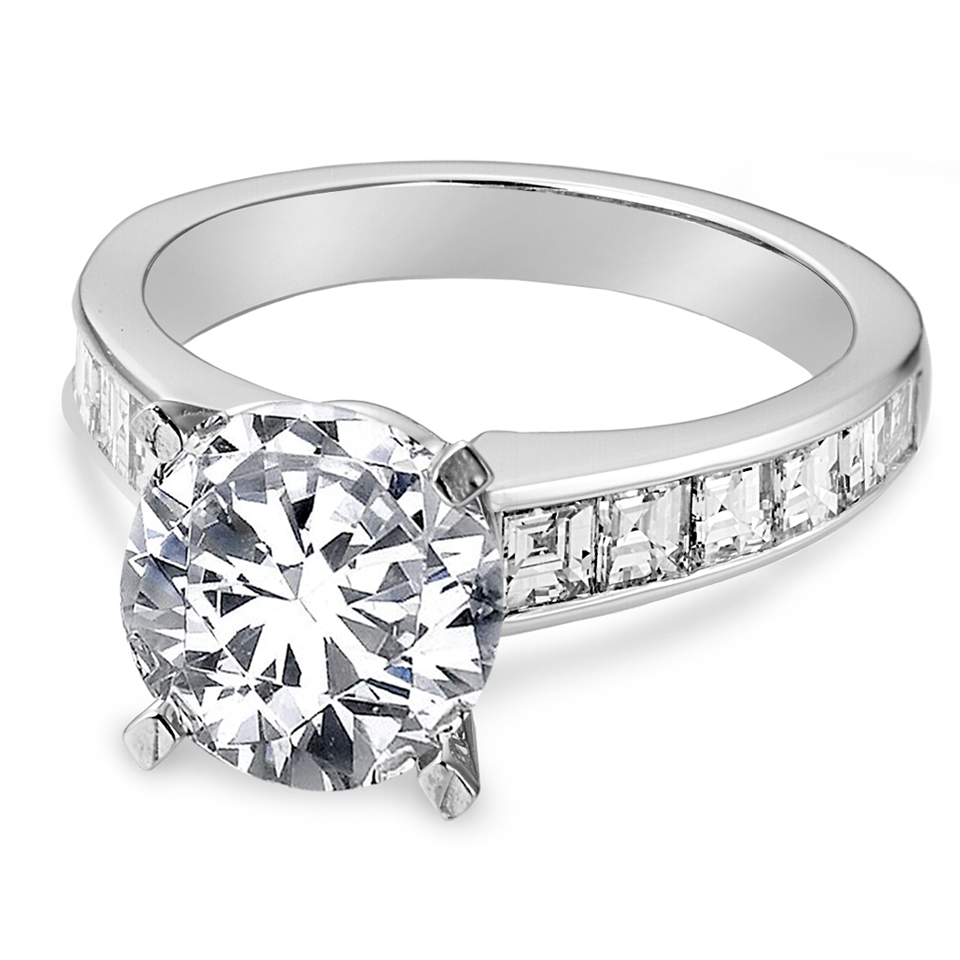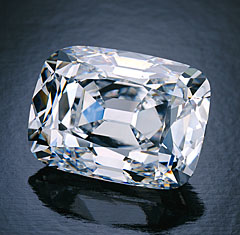When buying a diamond, it is important to understand what diamond carat weight is and how the weight of a diamond is measured.
When buying a diamond, it is important to understand what diamond carat weight is and how the weight of a diamond is measured.
A diamond’s cut and its shape are often confused, but we’re here to help! A diamond’s shape refers to its outline when viewed face up. A diamond’s cut refers to its facet arrangement. (more…)
No diamonds are entirely without inclusions or blemishes, and these characteristics help gemologists accurately determine natural diamond clarity. (more…)
Last week, we gave a broad overview of the 4Cs. Today, we discuss how to evaluate diamond color. Did you know most diamonds are not truly colorless and contain subtle hints of yellow or brown? (more…)
The prospect of purchasing a diamond may seem daunting, but through GIA, an unbiased authority on diamonds, you have several handy resources to help you select the highest quality diamond. First up, an overview of the 4Cs: Color, Clarity, Cut, and Carat Weight. (more…)
Here is a printable diamond buying guide designed to help anyone shopping for a diamond understand the 4Cs of Diamond Quality; Color, Clarity, Cut and carat weight. Print this handy guide and take it with you wherever you need to better understand the 4Cs of diamond quality.
We hope our diamond buying guide will help you navigate and understand the relative quality differences that exist on the color, clarity and cut grading scales. Print this guide and take it with you when you visit your jeweler.
Updated: GIA report scales have been updated with the newest scales as of December 2019.
Previously we outlined four basic steps to purchasing a diamond. Today we will expand on our explanation of the 4Cs – the four factors that determine a diamond’s value. (more…)

When choosing an engagement ring, there is more to consider beyond gemstone types. We covered popular center stone settings, and now we’ll share with you a few side stone setting styles. There are many options designed to enhance the gemstone’s beauty while reflecting the personality and lifestyle of its wearer. (more…)
You can buy coffee by the pound. You can even buy deli meat by the pound. Even if you’ve never bought a diamond, the correlation between weight and price is a concept that we can all understand. Therefore, the general perception is that a larger diamond is more valuable than a smaller one. (more…)
Even the slightest change in diamond color can affect the quality and value of a diamond. Although most diamonds are thought of as colorless (that is, not fancy-colored), most colorless diamonds actually contain hints of brown and yellow. These differences in color are often very subtle – so subtle that an untrained eye can’t tell the difference between a nearly colorless diamond and a colorless one. Yet these minute variations in what color a diamond is can have a significant impact on the purchase price of the stone. (more…)

On November 13th, 2012 Christie’s Geneva auctioned one of the world’s most important diamonds, the Archduke Joseph, for $21.5 million. The 76.02 ct, D-color Internally Flawless cushion cut went for more than $280,000 per carat, a new record for colorless diamond. (more…)
One of the hardest of the 4Cs to understand may be a diamond’s cut. A well-cut diamond displays the unique sparkle we associate with diamond. (more…)